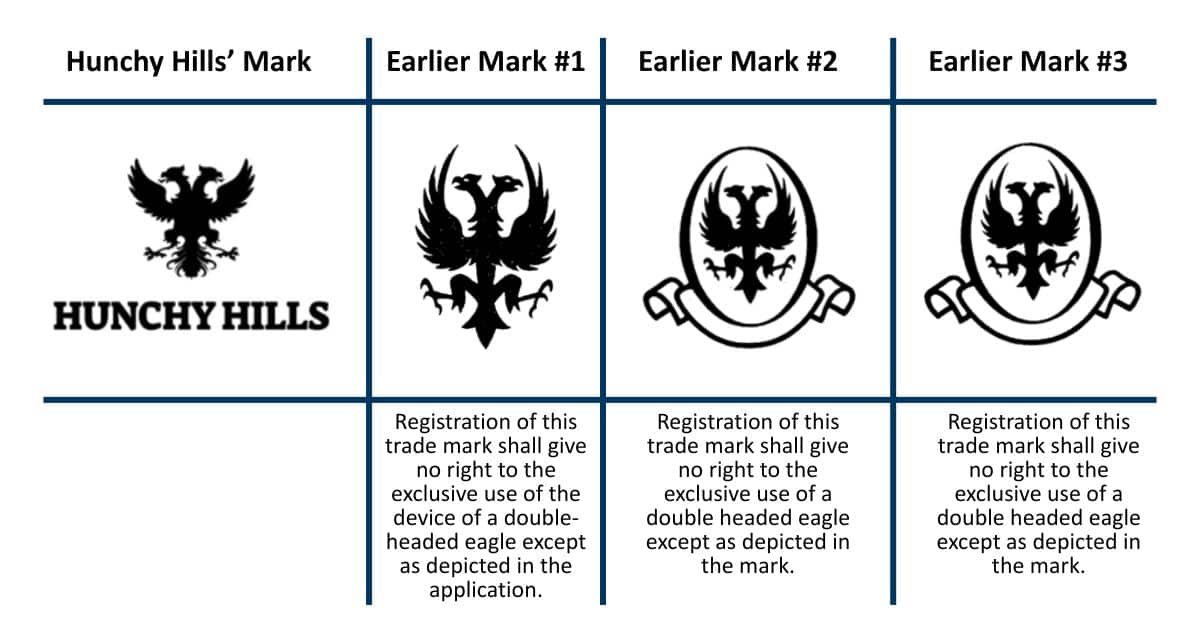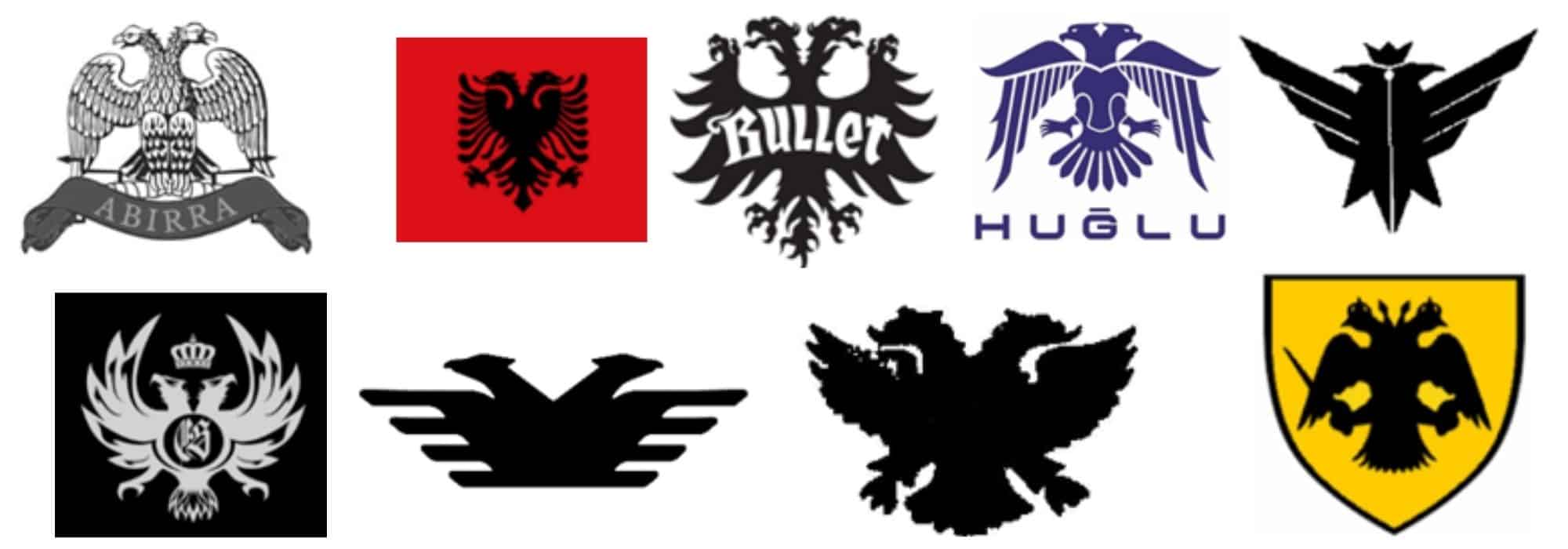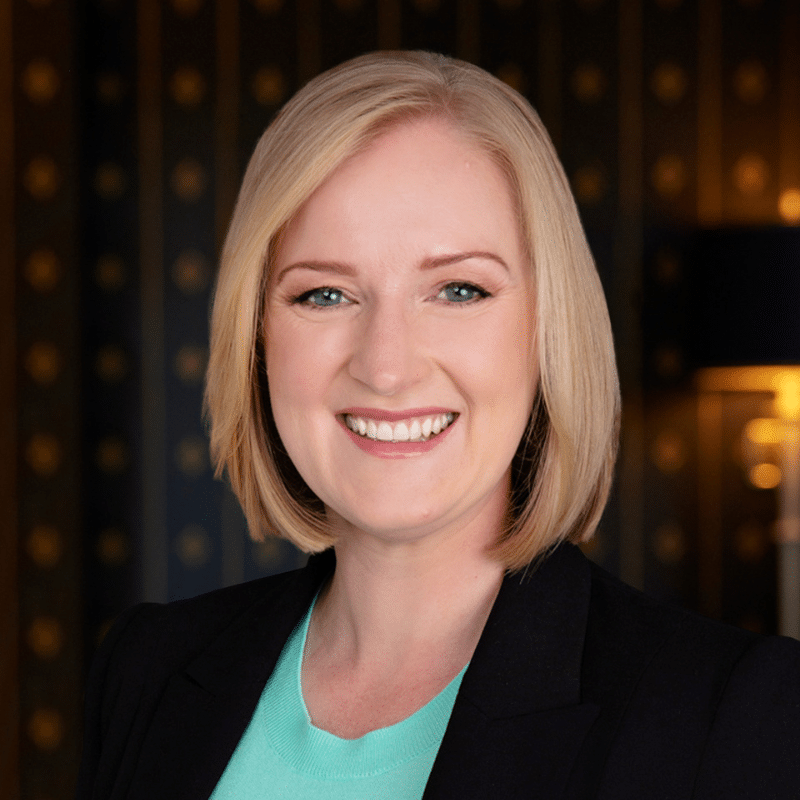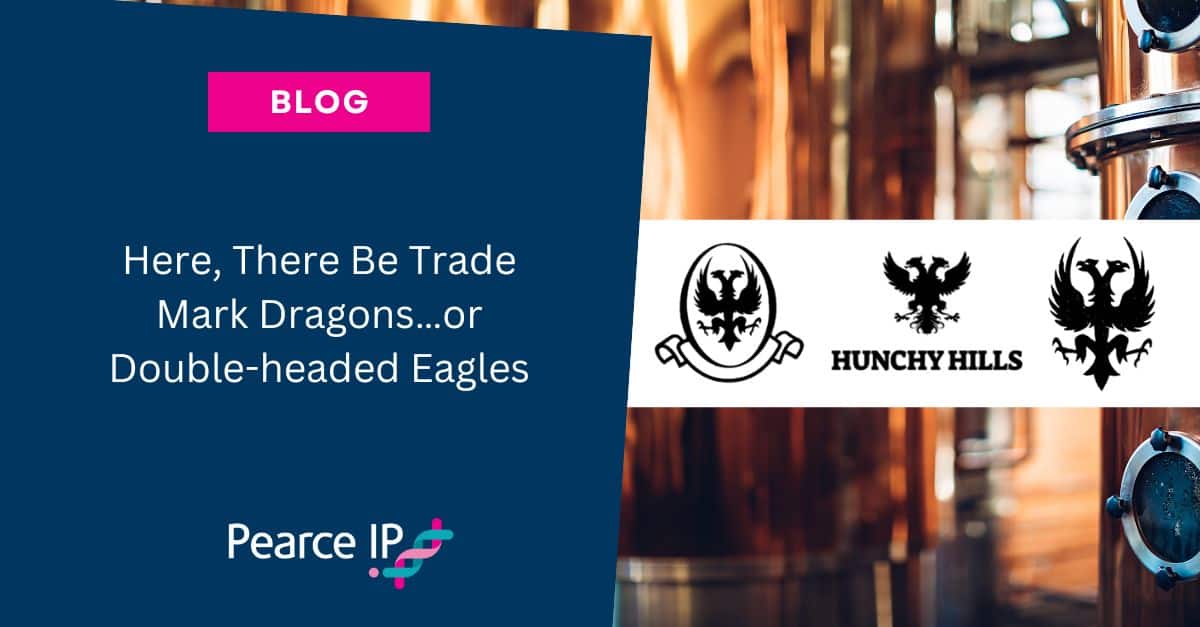It’s not often that the Australian Registrar of Trade Marks looks at disclaimers (which were a thing before the Trade Marks Act 1995 (Cth) came into force), but Hunchy Hills Distillery Pty Ltd [2025] ATMO 180 delivered by Hearing Officer Nicole Worth on 5 September 2025 is one such case.
Spoiler alert: in Australia, disclaimers entered against trade marks generally have no impact on the assessment of deceptive similarity during the examination or opposition stages of the registration process, and this case is no exception.
Disclaimers were previously used under the 1955 Act to identify non-distinctive elements in a trade mark and to indicate to the public the scope of the exclusive rights afforded by a trade mark registration. Under the 1995 Act, disclaimers are voluntary and – consequently – are rarely used.
The Hunchy Hills case is a short and sweet decision that helps us understand how disclaimers impact the assessment of deceptive similarity under section 44.
Hunchy Hills is a family-owned distillery based in the Sunshine Coast, Queensland. It produces various types of gins (incidentally, they look fantastic) and sought registration of the Hunchy Hills’ Mark shown in the table below for a range of alcoholic and non-alcoholic beverages, as well as retail services, distillation services, entertainment and cultural services, and for food, drink and accommodation services.

The Earlier Marks were cited as barriers to acceptance of Hunchy Hills’ Mark during examination because the marks in the table each covered goods in Class 32 or 33 and each mark contained a double-headed eagle device. During the examination process, which lasted across six (!) adverse reports, the Applicant provided evidence that two-headed eagle devices are commonly used in the beverages industry in numerous countries throughout the world and argued that the disclaimers against the Earlier Marks constituted “other circumstances” that would make it proper for the Applicant’s mark to be accepted for registration (s44(3)(b)). The Examiner declined to accept this position so Hunchy Hills sought a hearing before a delegate of the Registrar.
The Hearing Officer found that Hunchy Hills’ Mark was deceptively similar to each of the Earlier Marks, despite the evidence showing the common nature of the double-headed eagle device for alcoholic and non-alcoholic beverages. In relation to the disclaimers applied to each of the Earlier Marks, the Hearing Officer held that disclaimers are not to be used to permit the registration of a trade mark that would otherwise not be registrable, regardless of whether they were entered under the 1955 Act or the 1995 Act (citing Lee J in Bausch & Lomb Inc. v Registrar of Trade Marks (1980) 42 FLR 459 at 549 and Davison M and Horak I, Shanahan’s Australia Law of Trade Marks and Passing Off (Law book Co., 7th ed, 2022), [45.515]).
The particular wording of the disclaimers meant that the registered owner of the Earlier Marks only has exclusive rights over double-headed eagles that are depicted in the same manner as shown in the Earlier Marks, but not over other depictions of double-headed eagles. So, if a trade mark application covered a significantly different looking double-headed eagle, the Earlier Marks may not prevent the different-looking double-headed eagle device mark from achieving registration. At [30], the Hearing Officer provided the following registered trade marks as examples to illustrate her point:

The takeaway point is…in Australia, disclaimers entered against trade marks generally have no impact on the assessment of deceptive similarity during the examination or opposition stages of the registration process.
About Pearce IP
Pearce IP is a specialist firm offering intellectual property specialist lawyers and attorneys with a focus on the life sciences industries. Pearce IP and its leaders are ranked in every notable legal directory for legal, patent and trade mark excellence, including: Chambers & Partners, Legal 500, IAM Patent 1000, IAM Strategy 300, MIP IP Stars, Doyles Guide, WTR 1000, Best Lawyers, WIPR Leaders, 5 Star IP Lawyers, among others.
In 2025, Pearce IP was recognised by Australasian Lawyer and New Zealand Lawyer’s 5 Star Employer of Choice, and is the “Standout Winner” for inclusion and culture for firms with less than 100 employees. Pearce IP was awarded “IP Team of the Year” by Lawyers Weekly at the 2021 Australian Law Awards. Pearce IP is recognised by Managing IP as the only leading ANZ IP firm with a female founder, and is certified by WEConnect International as women owned.

Naomi Pearce
CEO, Executive Lawyer (AU, NZ), Patent Attorney (AU, NZ) & Trade Mark Attorney (AU)
Naomi is the founder of Pearce IP, and is one of Australia’s leading IP practitioners. Naomi is a market leading, strategic, commercially astute, patent lawyer, patent attorney and trade mark attorney, with over 25 years’ experience, and a background in molecular biology/biochemistry. Ranked in virtually every notable legal directory, highly regarded by peers and clients, with a background in molecular biology, Naomi is renown for her successful and elegant IP/legal strategies.
Among other awards, Naomi is ranked in Chambers, IAM Patent 1000, IAM Strategy 300, is a MIP “Patent Star”, and is recognised as a WIPR Leader for patents and trade marks. Naomi is the 2023 Lawyers Weekly “IP Partner of the Year”, the 2022 Lexology client choice award recipient for Life Sciences, the 2022 Asia Pacific Women in Business Law “Patent Lawyer of the Year” and the 2021 Lawyers Weekly Women in Law SME “Partner of the Year”. Naomi is the founder of Pearce IP, which commenced in 2017 and won 2021 “IP Team of the Year” at the Australian Law Awards.

Kimberley Evans
Executive, Lawyer (AU) & Trade Mark Attorney (AU), (Head of Trade Marks)
Kim is a lawyer and registered Trans-Tasman trade mark attorney with a wide-ranging and impressive practice background spanning private practice, in-house experience and academic activities. Kim’s clients appreciate her responsiveness, and her ability to provide clear and pragmatic branding advice that is tailored to their commercial objectives and informed by industry developments.

